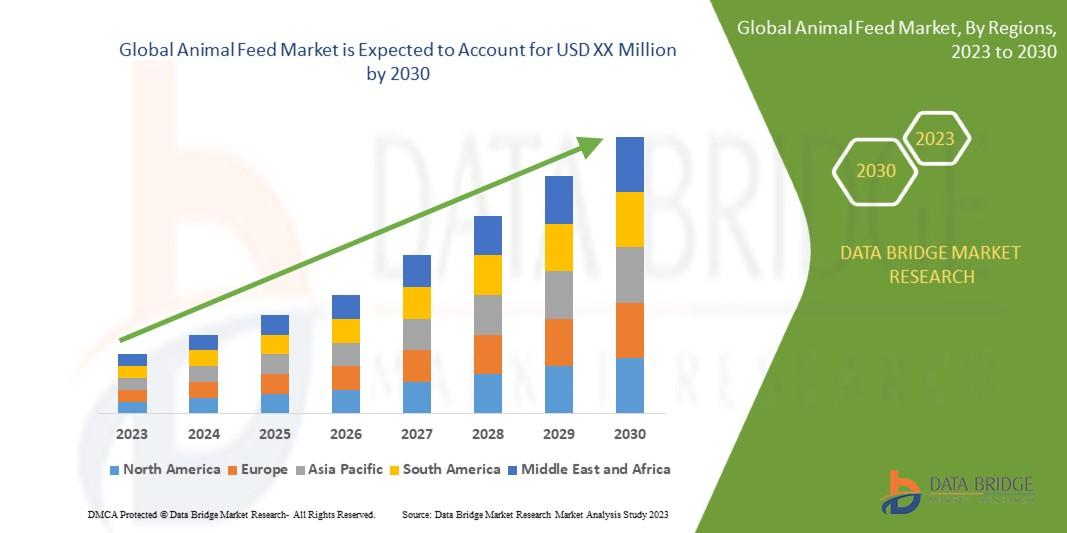T
The global animal feed industry has undergone significant transformations in recent years, fueled by an ever-growing demand for high-quality nutrition to support the thriving livestock and poultry sectors. This surge in demand has triggered a ripple effect, propelling the industry into new heights and sparking innovative trends that shape its landscape. In this exploration, we delve into the intricacies of animal feed, examining the driving factors, market trends, and the insatiable demand that underpins its growth.
Introduction: Nourishing the World’s Livestock
Animal feed plays a pivotal role in sustaining the world’s burgeoning population by providing the necessary nutrients to livestock and poultry. As the demand for meat, dairy, and other animal products continues to soar, the significance of high-quality animal feed becomes increasingly apparent. The global population’s changing dietary habits, coupled with the rising awareness of the importance of nutrition in animal husbandry, have set the stage for a dynamic and evolving industry.
Demand: Meeting the Appetite for Animal Products
The demand for animal products, driven by population growth, urbanization, and an expanding middle class, has created an unprecedented need for efficient and effective animal feed solutions. Livestock and poultry producers face the challenge of meeting this demand while ensuring the health, productivity, and overall well-being of their animals. Consequently, the animal feed industry finds itself at the forefront of agricultural innovation, tasked with delivering solutions that not only meet nutritional requirements but also contribute to sustainable and ethical farming practices.
Market Trends: A Glimpse into the Shifting Landscape
The animal feed industry is no stranger to trends that shape its trajectory. In recent years, several notable developments have emerged, signaling a shift towards more sustainable, technologically advanced, and customized feed solutions. One prominent trend is the growing emphasis on precision nutrition, where feed formulations are tailored to meet the specific needs of different animal species, breeds, and even individual animals. This targeted approach not only optimizes growth and production but also minimizes environmental impact by reducing excess nutrient excretion.
Furthermore, the rise of alternative protein sources has captured the industry’s attention. With a growing awareness of the environmental impact of traditional protein sources like soy and fishmeal, researchers and companies are exploring alternative ingredients such as insect protein, algae, and plant-based proteins. These innovations not only diversify the sources of essential nutrients in animal feed but also contribute to a more sustainable and resilient industry.
The incorporation of digital technologies is another transformative trend in animal feed production. From precision farming and data analytics to real-time monitoring of animal health, technology is revolutionizing the way feed is formulated, produced, and delivered. Automation and smart farming practices enable producers to optimize resource use, enhance efficiency, and respond swiftly to changing market conditions.
Factors Driving Growth: Unraveling the Forces at Play
Several key factors are propelling the growth of the animal feed industry. Firstly, the rising global population and the subsequent increase in protein consumption are driving the demand for animal products. As more people shift towards diets rich in animal proteins, the need for efficient and sustainable animal feed solutions becomes paramount.
Secondly, the awareness of animal welfare and the ethical treatment of livestock is influencing consumer choices. This has led to a shift in demand for animal products from sources that prioritize humane and sustainable farming practices. Consequently, the animal feed industry is adapting to these changing preferences by developing feed formulations that promote not only optimal growth but also the well-being of the animals.
Moreover, regulatory initiatives and environmental concerns are shaping the industry’s landscape. Stricter regulations on antibiotic use in animal feed, coupled with a growing emphasis on reducing the environmental footprint of livestock production, are driving the development of feed solutions that align with these guidelines. Sustainable sourcing of raw materials, waste reduction, and eco-friendly production processes are becoming integral aspects of the industry’s response to these challenges.
In conclusion, the animal feed industry stands at the crossroads of unprecedented growth and innovation. Fueled by the insatiable demand for animal products, market trends such as precision nutrition and alternative protein sources are redefining the way feed is formulated and produced. The convergence of technological advancements, consumer awareness, and regulatory imperatives is driving a paradigm shift towards a more sustainable, ethical, and efficient animal feed industry. As we navigate this dynamic landscape, one thing is clear – the role of animal feed in nourishing the world’s livestock and meeting the demands of a growing population is more crucial than ever.



